Jose A. Fernandes, Karl-Johan Reite, Iñaki Quincoces, Zigor Uriondo
AZTI, EHU/UPV and SINTEF have finalized testing of the SusTunTech onboard system using a onshore prototype installation, and its main components have been packed for shipping to the second participating vessel. The land installation has allowed us to test devices to be installed in the two participating vessels, as well as increase the speed of necessary development of the Ratatosk software for data acquisition and integration. Use of the land installation was initially developed as a COVID contingency plan to deal with the uncertainty about when the onboard installations would be possible. This has allowed fast testing of components and development of data integration in Ratatosk independently on when vessels installation could be performed. Furthermore, it has minimized any disturbance to the fishing vessels operations and increased the fisherman trust since risks have been minimized. The first onboard installation was performed December 2020 and the next is planned for May 2021.
The centre of the land installation was the Sintef Ratatosk server which integrates the data from the connected devices. Another central part of this installation are all the protocol converters (e.g., NMEA, Modbus and RS485) to a common network standard (ethernet) for its integration in Ratatosk. To support the project aim of reducing vessel fuel consumption, the Maridis Combustion Control Module for monitoring engine combustion pressures is a very important component. Since the land installation does not include a running engine, an engine simulator has been employed to test this component integration. This will be combined with other engine room and vessel sensors such as the Delta OHM (ambient pressure, temperature and relative humidity) or the Motion Reference Unit (ship movements). Other components tested aim to gather oceanographic data for scientific use (e.g., anemometer). The aim of the project is to provide also environmental data for public repositories (e.g. Zenodo, EMODnet or Copernicus) which can be used for predictive models that can reduce fishing operations fuel consumption.
This is our second and last land installation packing. A first land installation was developed last year and installed in a first vessel. However, that time devices to be packed were replaced by a second set keeping the land installation alive. This time is the final packing since installation in the first vessels has been tested and operative, while all the needed development with the land installation has been finalized. Therefore, there would be no replacement of the packed devices an no more land installation. Our land installation will be travelling next week to be installed in the second vessel.
Bye bye land installation! We are very happy with your help and consequent accomplishments. We will miss you.
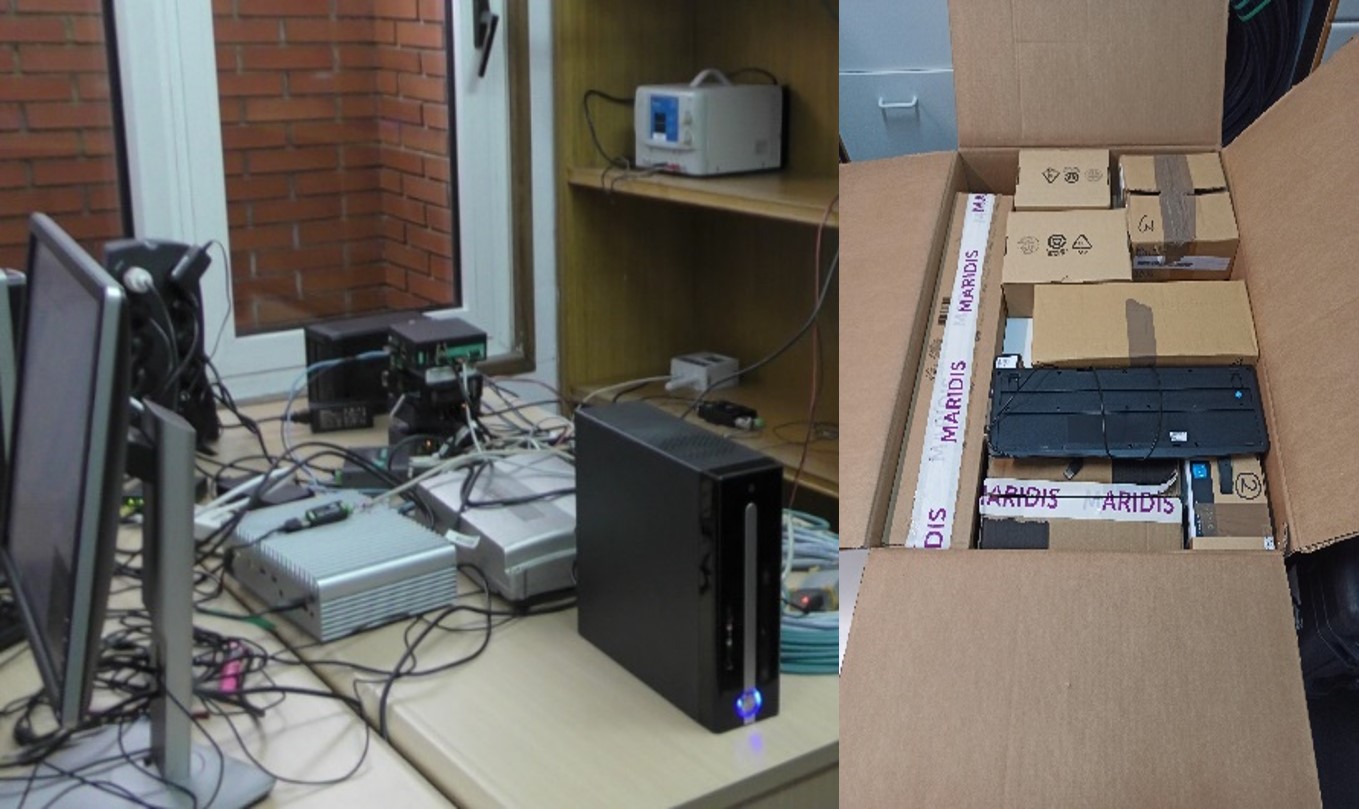
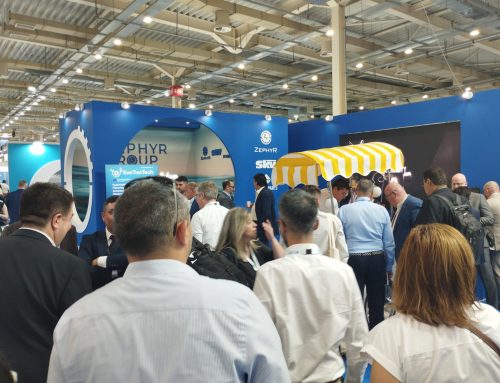
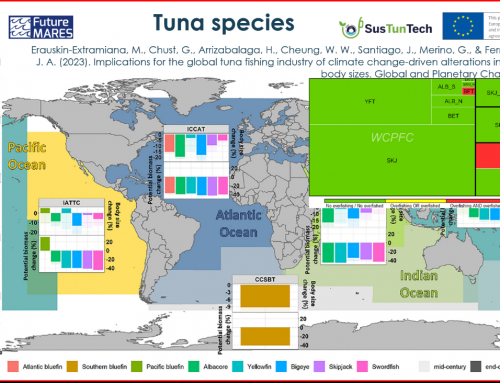
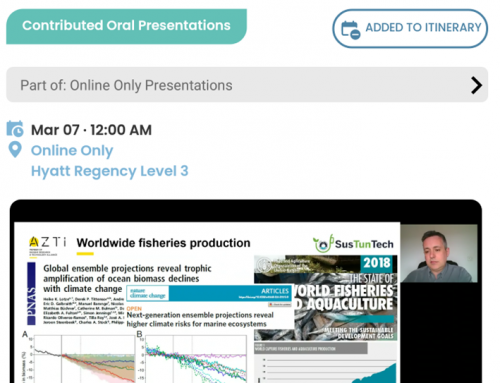
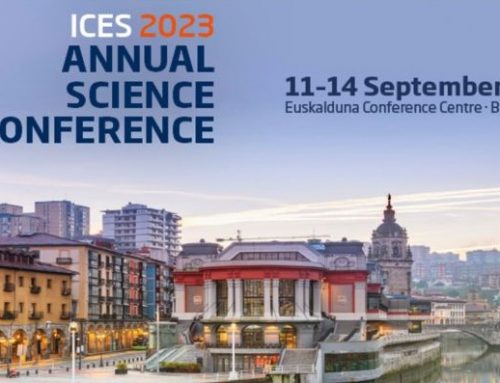
Leave A Comment